
 2
2














 1
1





 3
3




![Filename: pickled-radish.jpg
Description: Pickled radishes [Thumbnail for pickled-radish.jpg]](/t/57161/a/51622/pickled-radish.jpg)




Joseph Lofthouse wrote:
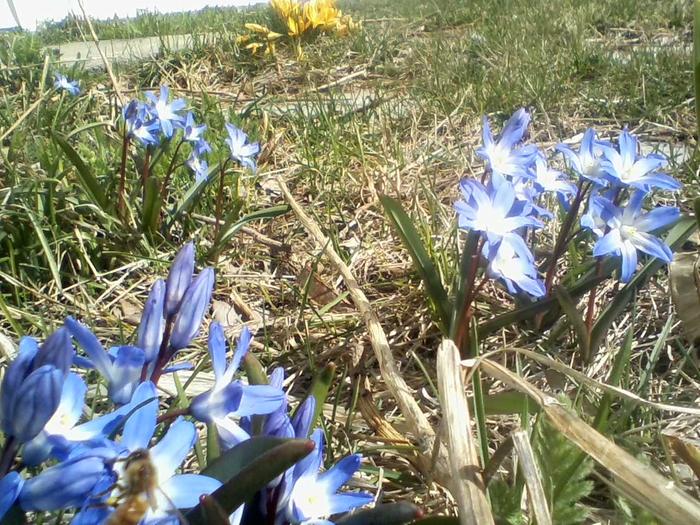


 5
5




 1
1








No man is an island.










Tim Siemens wrote:How do you store your tomatillos to have them keep that long?
Laurie Dyer wrote:Just have to share--these are potatoes that I grew from your potato seeds!










 4
4









![Filename: cob-rocket-stove.jpg
Description: Cob rocket stove. [Thumbnail for cob-rocket-stove.jpg]](/t/57161/a/54949/cob-rocket-stove.jpg)

 3
3





 3
3








With forty shades of green, it's hard to be blue.
Garg 'nuair dhùisgear! Virtutis Gloria Merces






 4
4




![Filename: goat-cheeses.jpg
Description: goat cheeses: farmer's and ricotta [Thumbnail for goat-cheeses.jpg]](/t/57161/a/56350/goat-cheeses.jpg)
















 2
2




I used rennet to make the farmer's cheese, then added lemon juice to the whey to make the ricotta. Added a bit of turmeric to the ricotta for color. I'd guess I added about 2 to 3 times more lemon juice to the whey than was necessary. Oh well, tastes great even lemony.








 2
2




![Filename: chariot-cherry-tomato.jpg
Description: Chariot cherry/saladette tomatoes [Thumbnail for chariot-cherry-tomato.jpg]](/t/57161/a/56407/chariot-cherry-tomato.jpg)
![Filename: chariot-1_640.jpg
Description: F2 hybrid tomatoes: Each row is the earliest harvest from one plant [Thumbnail for chariot-1_640.jpg]](/t/57161/a/56408/chariot-1_640.jpg)
![Filename: chariot-5_640.jpg
Description: Mixed cherry tomatoes for the farmer's market [Thumbnail for chariot-5_640.jpg]](/t/57161/a/56409/chariot-5_640.jpg)
![Filename: chariot-yellow-saladette-tomato.jpg
Description: I love the taste of yellow tomatoes, so I saved these separate. [Thumbnail for chariot-yellow-saladette-tomato.jpg]](/t/57161/a/56410/chariot-yellow-saladette-tomato.jpg)

 1
1
























 2
2









 4
4




stephen lowe wrote:... are you only doing these tests because you sell the seed and want to be able to promise a certain level of vitality?
![Filename: 1202172358-01.jpg
Description: Results of germination testing. [Thumbnail for 1202172358-01.jpg]](/t/57161/a/56574/1202172358-01.jpg)





 1
1





 3
3




![Filename: packaging-seeds.jpg
Description: Packaging seeds [Thumbnail for packaging-seeds.jpg]](/t/57161/a/57578/packaging-seeds.jpg)
![Filename: foraged-rose-hips.jpg
Description: Rose hips, and wild water. [Thumbnail for foraged-rose-hips.jpg]](/t/57161/a/57579/foraged-rose-hips.jpg)
![Filename: winter-sorrel.jpg
Description: Eating fresh sorrel in the middle of winter. [Thumbnail for winter-sorrel.jpg]](/t/57161/a/57580/winter-sorrel.jpg)

 1
1









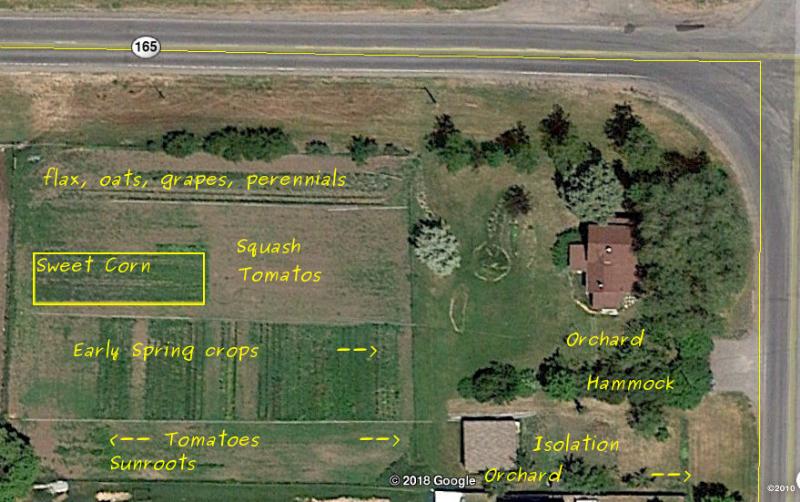
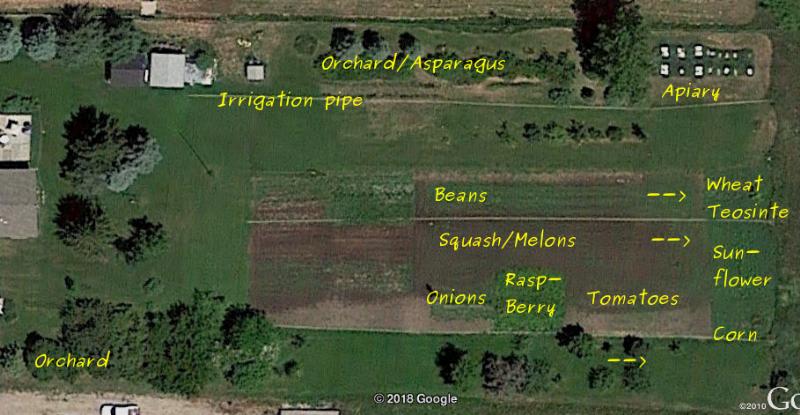

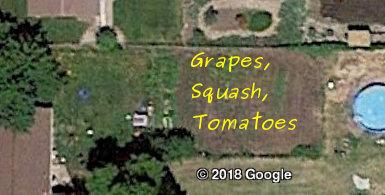

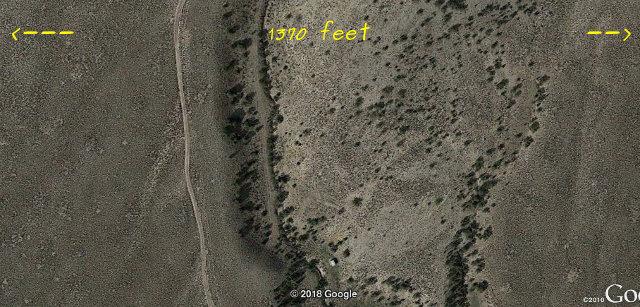
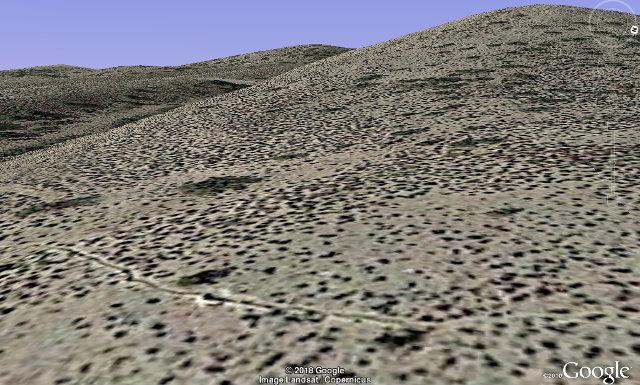




Joseph Lofthouse wrote:
Our relative humidity in the evening here can be around 5% to 10%. So within an hour of turning off the sprinklers I can walk through a field without getting muddy. Plant leaves dry very quickly.
I tend to irrigate mid-day... If I irrigate at night, the sprinklers stay on for 12 hours. If I water during the day, I only water for about 6 hours. If I have a major crop like corn that is flowering like crazy, and the bees are all over it, I'll irrigate at night to avoid drowning the bees.
I irrigate the squash field in late evening. Because some nearby trees cast shade onto the garden.
Xisca - pics! Dry subtropical Mediterranean - My project
However loud I tell it, this is never a truth, only my experience...

| I agree. Here's the link: http://stoves2.com |








